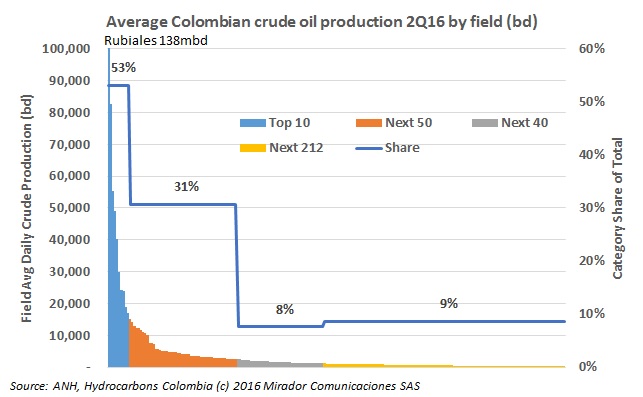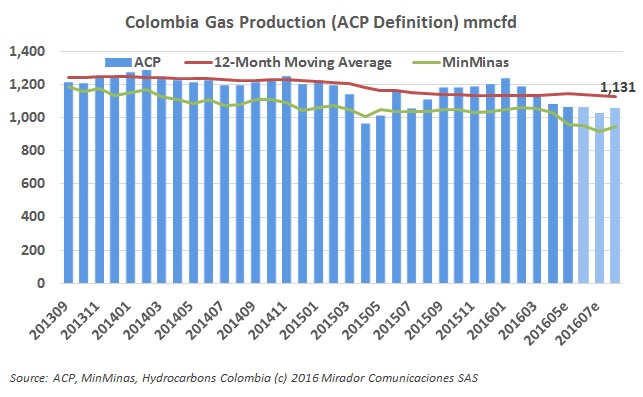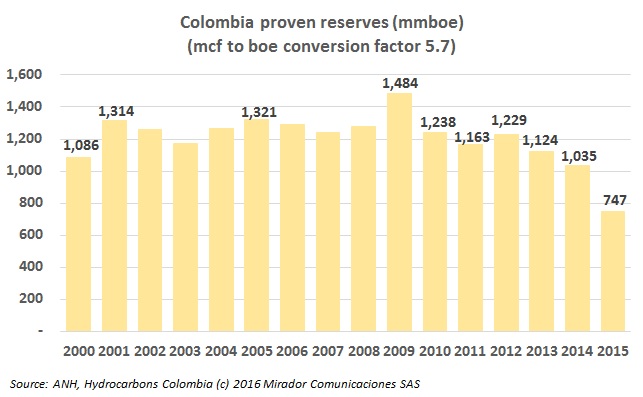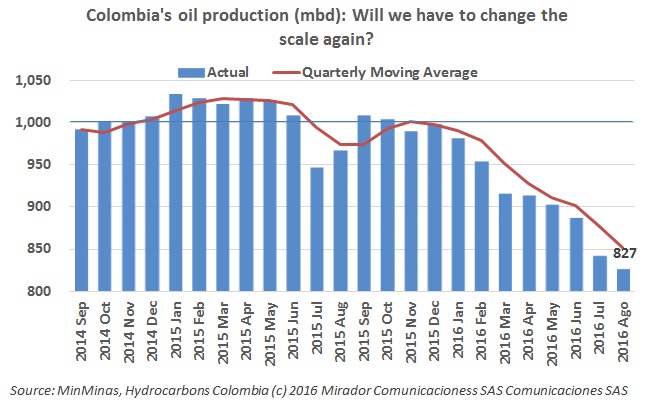GasBurdened by a growing amount of unpaid bills and subsidies, Gas Natural Fenosa has listed four solutions it is demanding from the government to address the problems associated with billing customers of its subsidiary Electricaribe, or it will take the Colombian government to court.
The reversal of gas between Colombia and Venezuela has been a long time coming, but Colombian business leaders are left discontented after it has been revealed PDVSA will not sell natural gas back to Colombia at the same price it received it.
The Minister of Mines and Energy Germán Arce paid a visit to local authorities and industry leaders of productive sectors in the Valle del Cauca, and assured that the government will follow through on new natural gas infrastructure for the Pacific region, including a re-gasification plant.
The propane gas association Gasnova sent out a warning that there is a 7% monthly deficit in the supply of propane gas for domestic use and if immediate action is not taken 240,000 families which rely on the fuel could see their supply put at risk.
Natural gas distributor Promigas said that in the first half of 2016 it has added 73,053 new natural gas users, bringing its total base to 3.1M in 650 different communities through its corporate group.
Our previous report on Enercol 2016 was mainly about crude but in this part, we will focus on gas.

Another reader question inspired an interesting graph to share. Here is the distribution of crude oil production by field from 2Q16.

GasThe Ministry of Mines and Energy (MinMinas) published official production figures for August 2016, and reported that gas production was 949mmcfd, a 3.29% increase compared to the month of July.

The General Controller Edgardo Maya Villazón urged a reworking of the government’s strategy to ensure gas supply in times of crisis, and said the current strategy is not effective.

The acting president of the National Hydrocarbons Agency Orlando Velandia told press that crude production for August was 827,000bd, a 1.89% drop compared to July and down 14.5% compared to the same period last year.